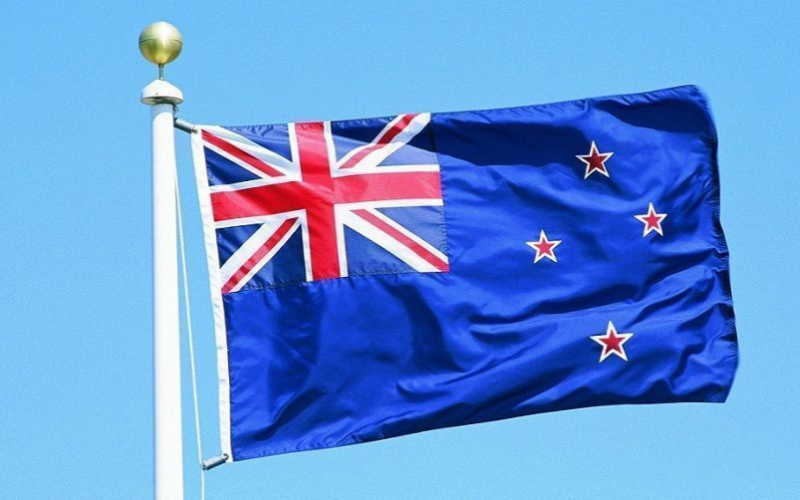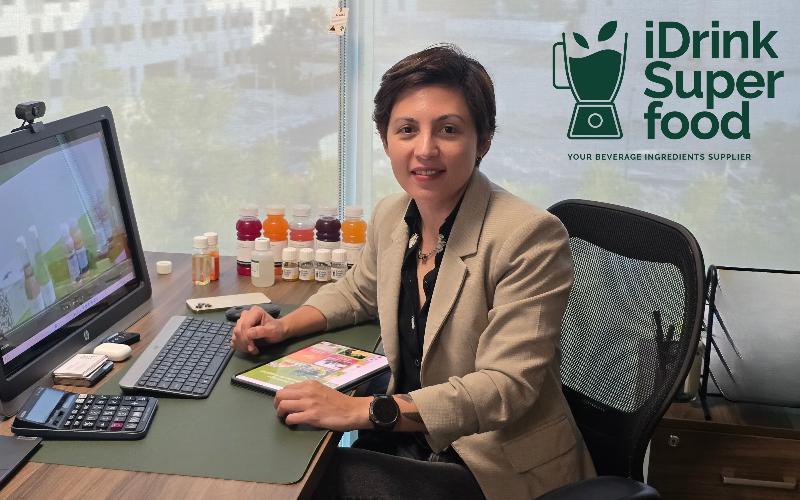Analyzing New Zealand's Dairy Industry Financial Outlook
Sourse: www.ruralnewsgroup.co.nz
New Zealand's dairy sector faces mixed signals with record export returns, rising production costs, and strategic financial adjustments.

The past season has been notable for record export returns in New Zealand's dairy industry, as noted by Andrew Laming, director of NZAB, a financial advisory service that specializes in farming. Despite a seemingly strong industry, with an adjusted payout of roughly $9.20 over five years and reduced debt levels, Laming emphasizes that the $10 payout must be contextualized.
The abundance of cash within the sector has shifted focus from farm expansion to debt repayment and off-farm investments. While the $10 payout is deemed positive, it pales in comparison to more lucrative years like 2013-14, with higher real-term remuneration. DairyNZ's head of economics, Mark Storey, echoes Laming's sentiments, noting that, while next season's breakeven forecasts remain positive, rising costs have raised the breakeven milk price from $8.41/kgMS in 2024-25 to $8.68/kgMS in 2025/26. The projected average payout stands at $10.21/kgMS, with average farm operating expenses at $5.84/kgMS.
Such conditions reflect a potentially prosperous yet precarious 2025/26 season, given elevated cost pressures and global volatility. Factors like steep increases in fertilizer prices due to global supply disruptions and surging natural gas costs exacerbate these challenges. Fertilizer prices have escalated dramatically, with phosphate up 34% and urea 40% over the past year, alongside a 17% rise in crude oil, driven by Middle East tensions. Dairy farmers, according to DairyNZ chair Tracy Brown, remain vigilant amid global uncertainties.
The advice is to incorporate flexibility into their financial planning to navigate possible cost spikes, particularly as New Zealand relies heavily on imported fuel, underscoring the fragility of the sector's current economic buoyancy.
The abundance of cash within the sector has shifted focus from farm expansion to debt repayment and off-farm investments. While the $10 payout is deemed positive, it pales in comparison to more lucrative years like 2013-14, with higher real-term remuneration. DairyNZ's head of economics, Mark Storey, echoes Laming's sentiments, noting that, while next season's breakeven forecasts remain positive, rising costs have raised the breakeven milk price from $8.41/kgMS in 2024-25 to $8.68/kgMS in 2025/26. The projected average payout stands at $10.21/kgMS, with average farm operating expenses at $5.84/kgMS.
Such conditions reflect a potentially prosperous yet precarious 2025/26 season, given elevated cost pressures and global volatility. Factors like steep increases in fertilizer prices due to global supply disruptions and surging natural gas costs exacerbate these challenges. Fertilizer prices have escalated dramatically, with phosphate up 34% and urea 40% over the past year, alongside a 17% rise in crude oil, driven by Middle East tensions. Dairy farmers, according to DairyNZ chair Tracy Brown, remain vigilant amid global uncertainties.
The advice is to incorporate flexibility into their financial planning to navigate possible cost spikes, particularly as New Zealand relies heavily on imported fuel, underscoring the fragility of the sector's current economic buoyancy.











